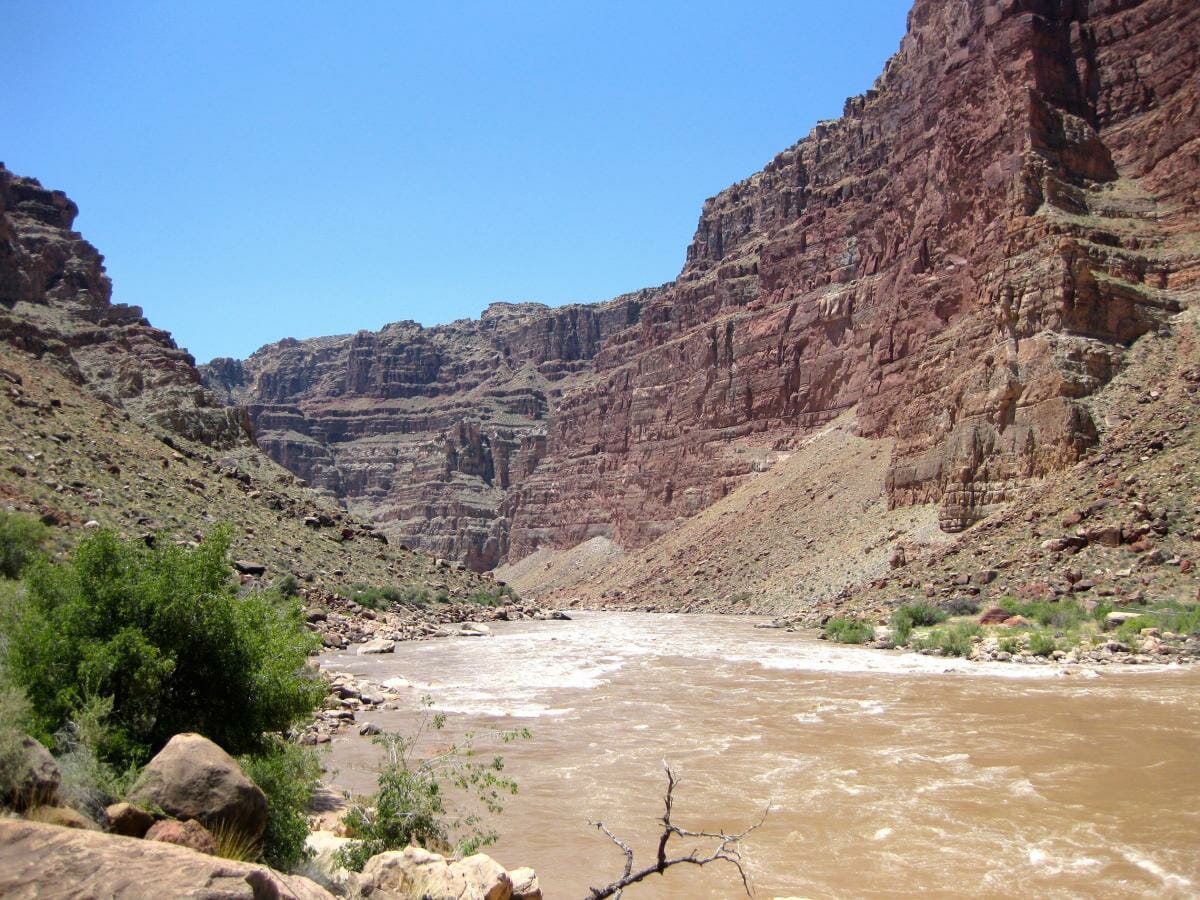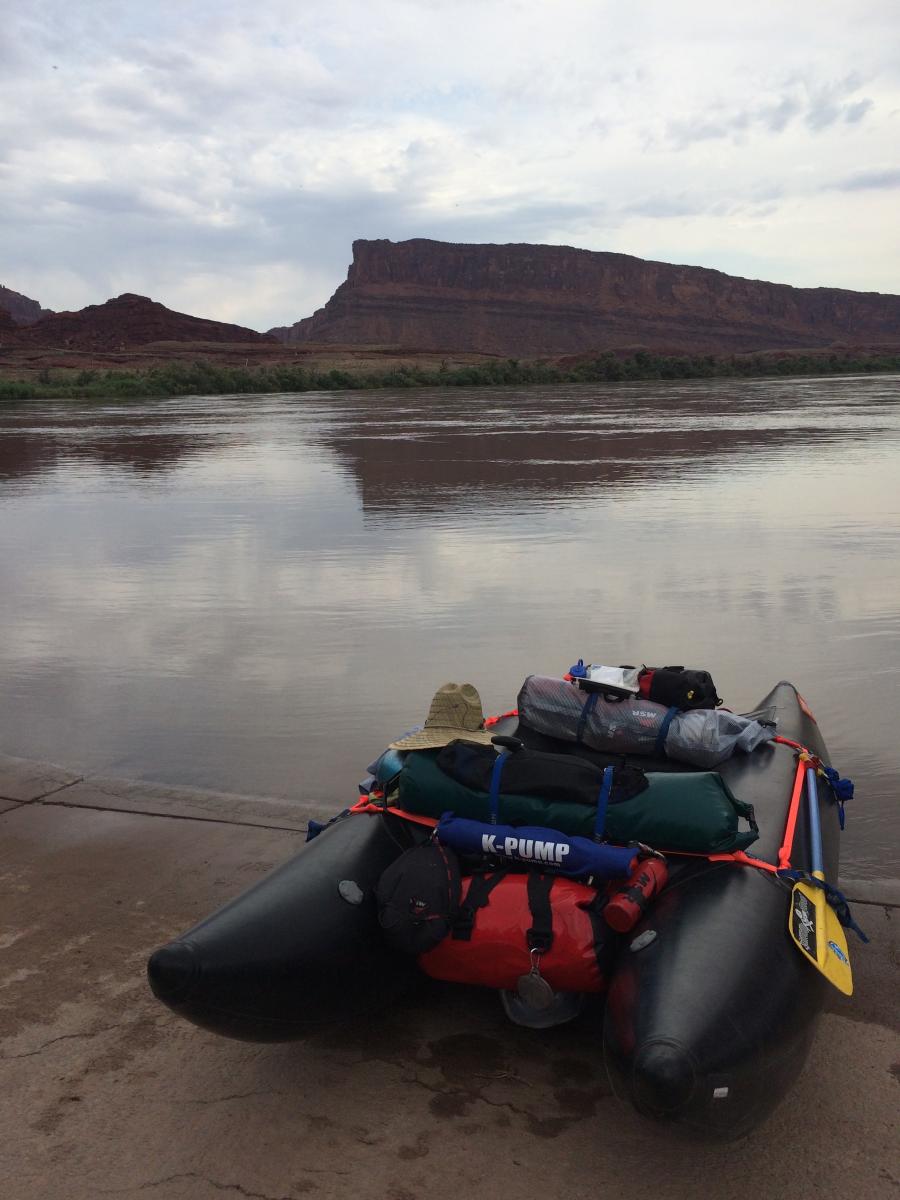News & Updates
Top 5 Ways to Minimize your Impact on an Overnight Paddling Trip


Cataract Canyon, UT: Overnight paddling on a river is one of the most relaxing and at the same time exciting trips one can take. Riding over rapids or through swift water is always an exhilarating challenge, yet the letting the current float you down stream to your next campsite can be so peaceful. River corridors definitely focus impacts on certain areas, which can be both tricky to minimize some of our impacts and at the same time convenient for preventing other impacts. Here are the top 5 ways to minimize you impacts on river corridors.
1. Do your homework: Know the rules and regulations of the area you are paddling in.
a. Research the human waste disposal requirements to see if you should pack out solid human waste or dig a cathole. Check to see if liquid waste can be dumped directly into the water source (typically the flow has to be over 500cfs).
b. Research what invasive species are in the area and how you can prevent their spread.
c. Check to see if you can have a fire, if you need a fire pan, and if wood or driftwood collection is allowed.
d. Be prepared to properly secure your food from animals and check to see if bears are active in the area. Check local leash laws and if dogs are allowed on the river corridor.
e. Check to see if there are group size regulations and if you need a permit.
2. Good campsites are found, not made: Choose sandy beaches or gravel bars for your campsites. If you are unable to find sand or gravel to camp on, find a previously used campsite and try to minimize spreading the boundaries (soil compaction makes up the extent of a site and plant life is the boundary line).
3. Let nature’s sound prevail: Sound travel well over water. Avoid using stereos and keep a low profile when you paddle past a camp. Please allow others to have a true wilderness experience by respecting their time on the water.

4. Be a good paddling neighbor: Leave large campsites for larger groups and don’t send runners (one boat paddling ahead of the party to secure a campsite for that night). Sending a runner boat can cause parties to compete and rush their trip, which leads to unsafe paddling.
5. Keep a clean camp: Dispose of your solid waste properly and liquid waste properly. Make sure food doesn’t get left around for animals to find because it encourages habituation and attraction in the animal. Pack out all your trash and check for micro trash (small pieces of trash like the corner of a granola bar wrapper).
Thanks for reading and remember to be like the Center’s mascot Bigfoot and Leave No Trace.
Pat and TJ – Subaru/Leave No Trace Traveling Trainer West Central Team
Leave No Trace’s Patrick and Theresa Beezley are part of the 2015 Subaru/Leave No Trace Traveling Trainer Program that provides free, mobile education to communities across the country. Proud partners of this program include Subaru of America, Deuter, Hi-Cone, REI, Smartwool, The North Face, and Yakima.
Let’s protect and enjoy our natural world together
Get the latest in Leave No Trace eNews in your inbox so you can stay informed and involved.
